This weekend I decided to “put it all together” and truly integrate all the essential software tools I use into my workflow. It’s pretty complicated because it involves using two different operating systems (Win7 and Mac). Unfortunately, at this point Oloneo has no confirmed plans to make a Mac version of PhotoEngine. Which I think is absolutely bizarre…but I digress. Here’s my workflow for a single image, outdoor shot. I’ll explain the minor changes I’d make in other situations after I’ve outlined this workflow.
First, I start off on my Macbook Pro and import my RAW files onto my NAS drive using Lightroom 3.0. I’ve got the X-Rite Passport ColorChecker plug-in for Lightroom 3.0 installed, so I can create a custom color profile for all the image files in the series if I used my Passport at the beginning of my photo session. Incidentally, I haven’t spoken about the Passport ColorChecker system here on ThruMyLens yet, but if you’re a DSLR shooter who isn’t using it, you need to. Period. Once my color profile is set, I’ll do my basic alterations to temperature and exposure as needed, and do basic sharpening and noise reduction within Lightroom 3.0, and finish with cropping. It gets a little tricky at this point, because I’ll want to jump over into PhotoEngine on my Win7 desktop (both my MacBook Pro 15 and my Win7 Desktop are share a connection to my Buffalo LinkStaion NAS Drive via an Ethernet Hub, and my Samsung Synchmaster 24″ monitor via a KVM Switch). My hardware setup makes jumping back and forth as simple as it can be. In Lightroom 3.0, if I do a Photo>Edit in Photoshop CS5.1, the RAW file is opened in PS with my changes from LR. At this point, I simply hit “save” in PS, which actually creates a TIFF version of my image in the same directory. Now I can hit the switch on my KVM, and I’m in my Win7 desktop, and jump into Oloneo PhotoEngine 1.0 and do my HDR tone mapping on my image. When I’m done in PE, I save the file with the same file name I opened. This is an important step which keeps me from having multiple versions of the same file. At this point, I’m finished on the Win7 side of things, and can switch back over to the MacBook Pro via my KVM switch and into Lightroom.
At this point, I could be finished editing. Usually not though – normally I’m going to again do a Photo>Edit in Photoshop CS5.1 and then from PS do a File>Automate>PhotoTools 2.6 Professional Edition (PhotoTools 2.6 is part of the Perfect Photo Suite 5.5 from OnOne Software). From here, I can play around with their canned effects, but at a minimum, I almost always use some combination of the brush effects. Once done here, it’s back to PS, and I’ll do any noise reduction with Define 2.0(I almost always use it to remove sky noise if nothing else) from Nik Software, as well as any healing/cloning work that needs to be done.
After all of the above and a final save, the image is basically complete, but I have to prepare the image for web display. So from here it’s back into Lightroom 3.0 to Export the file to CS5.1 with a preset I have which resizes the image to 1028×760, applies my copyright watermark, saves the file as a .jpg on the MacBook Pro, and opens them again in CS5.1. Once done, I apply a quick action which puts a basic black folder, and re-saves the file. Now I have files which are ready to be published on one of my websites. Time? About 10-20 minutes per photo depending on how much corrective work is involved (get it right in camera!).
I decided to put this new workflow to use, as well as some of the new tools and techniques I’ve acquired in the last few months on some photos I’ve taken in the past and wanted to re-do from the ground up. This first few photos were taken by me last year on a trip to Switzerland in the town of Stein Am Rein (Stein on the Rein) – just outside Schaffhausen. Just click on the photos to see a larger view:
Lake Constance:
This photo was taken from my suite in the Central Plaza hotel in Zurich:
The edge of the Rhine Falls – Europe’s largest waterfall. it cascades over a 500-foot-wide rock shelf, in a 75-foot drop.
Here’s one taken stateside, in my own home town of Dayton, OH right before sunset as folks were gathering along side of the Miami river to watch the 4th of July fireworks display:
All of these are much improved over their respective previous iterations. In the above workflow, about 70% of the effective post processing work is done in PhotoEngine. However, if I’m doing my more typical studio watch photography, PhotoEngine is mostly left out of the workflow as a I rarely tone map a watch photo. The only other difference to my work flow might be if I did a true bracketed exposure HDR shot. In that instance, I might begin my workflow in PE, combining my typical three exposures into a single HDR image, then I would likely take that image into LR.
I hope you enjoyed this look at my workflow and the typical tools I’m using to produce my images.


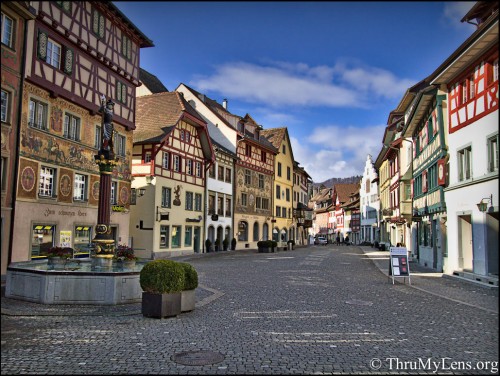
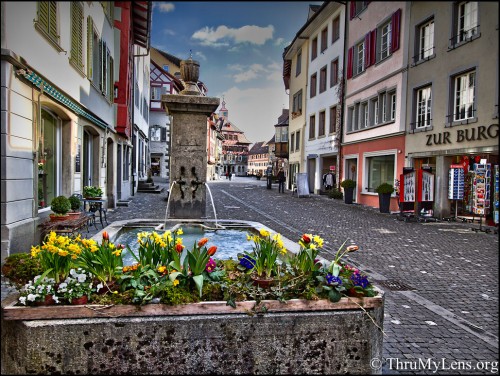
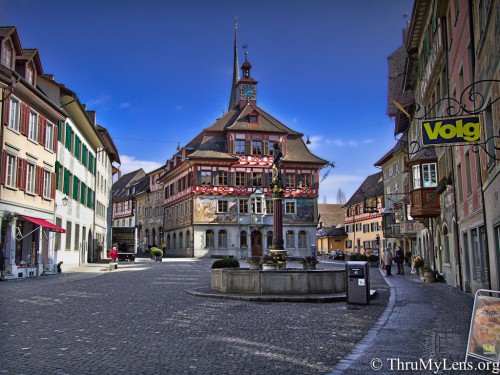
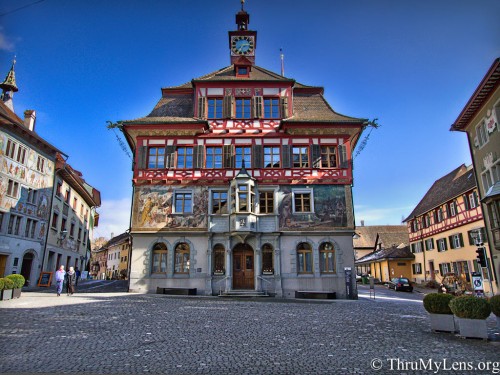
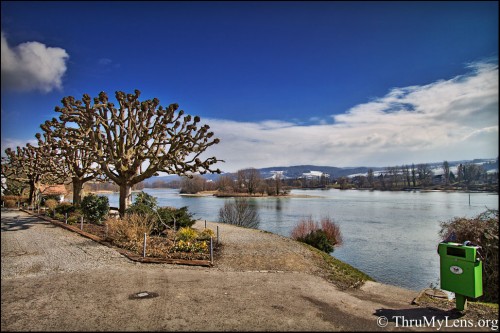
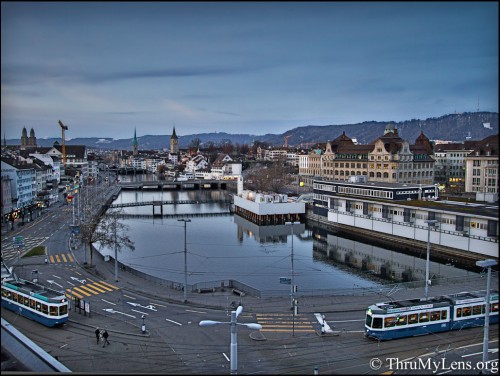
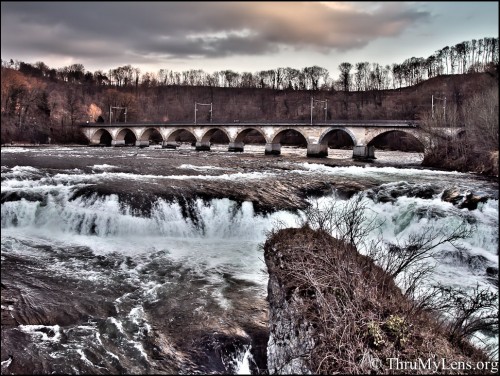
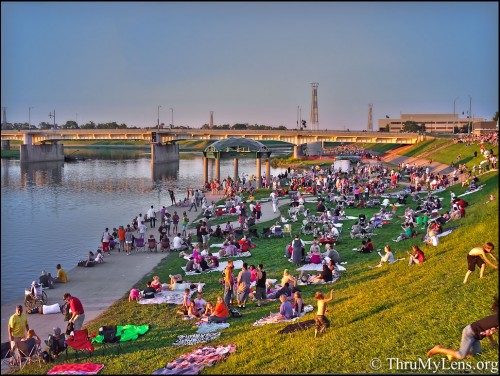
0 Comments
Trackbacks/Pingbacks